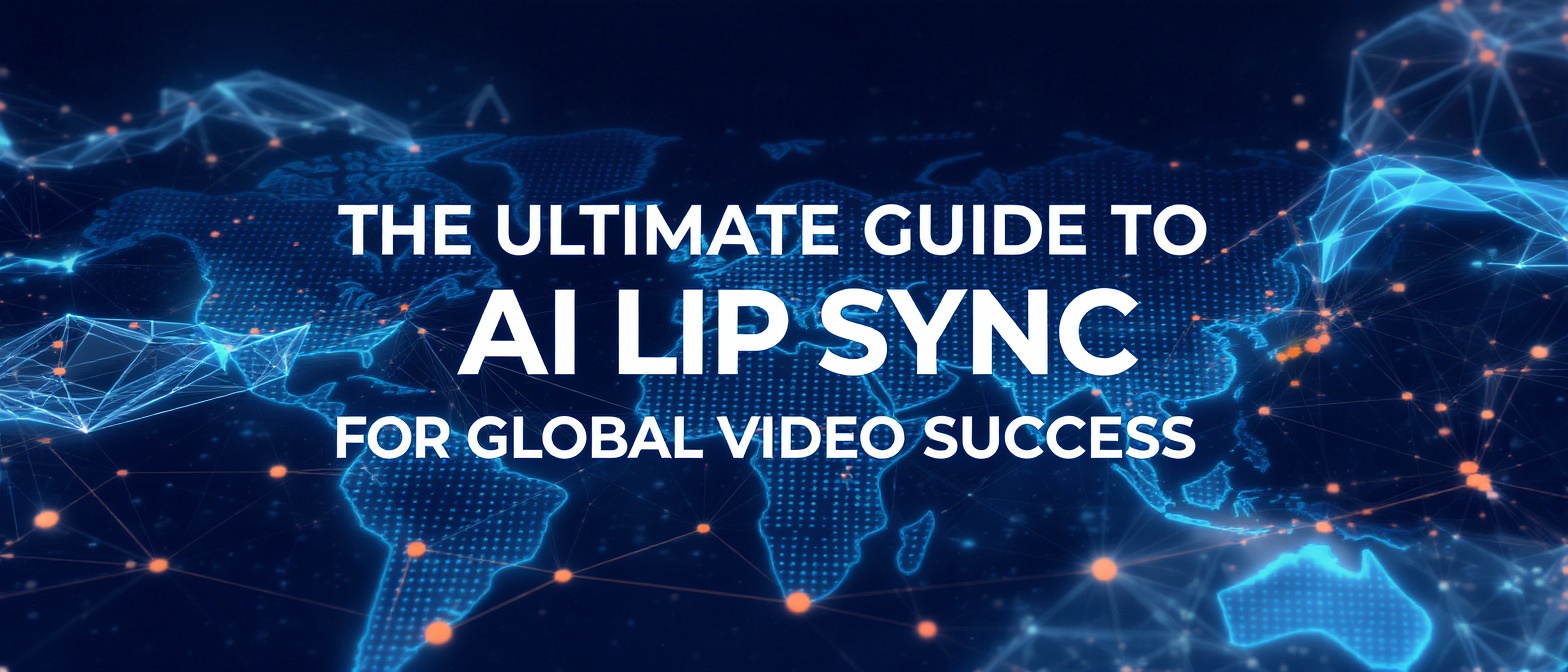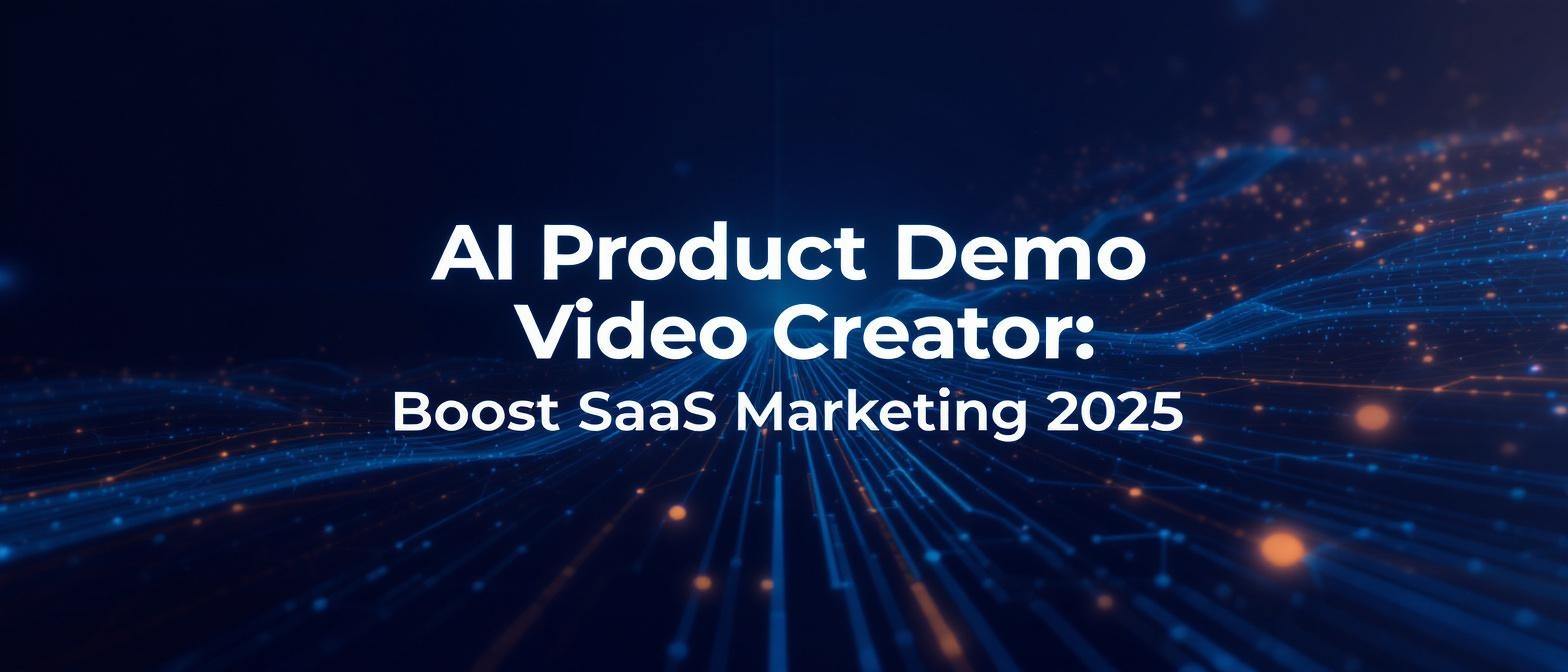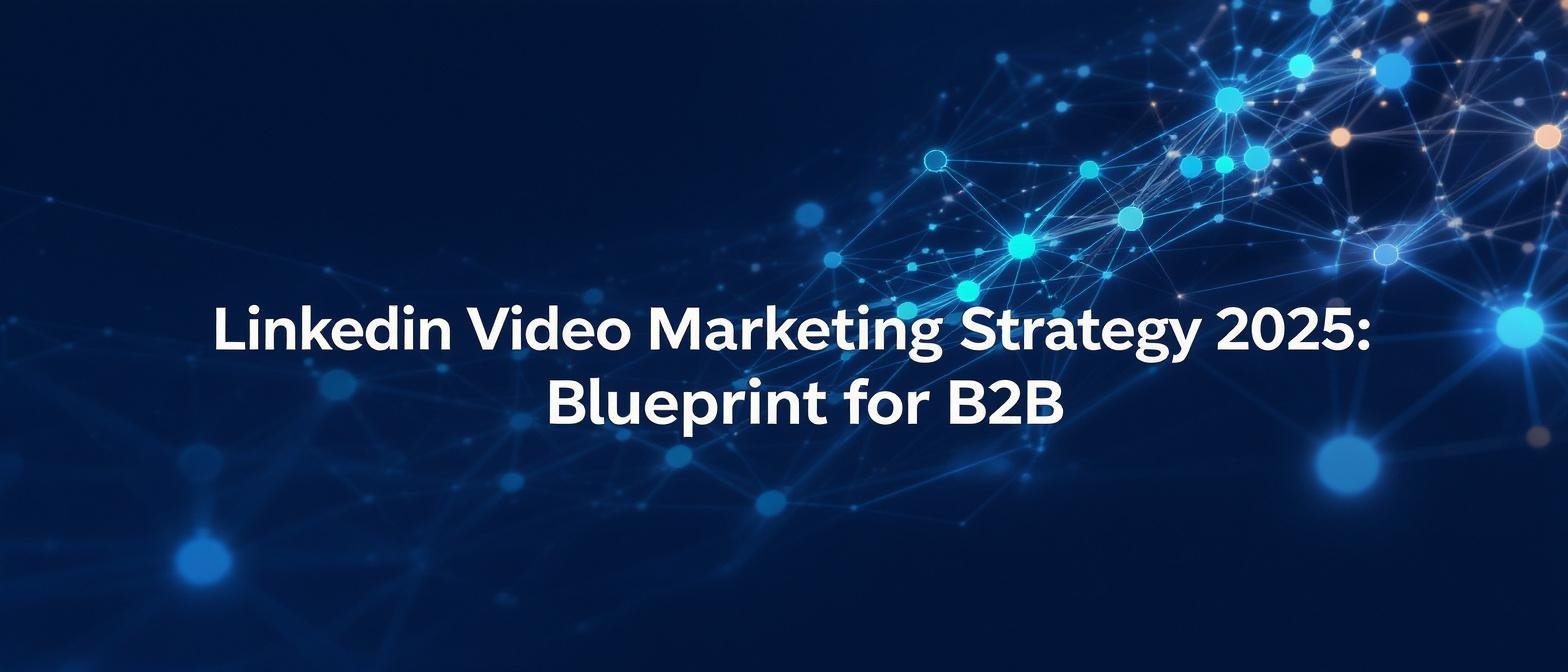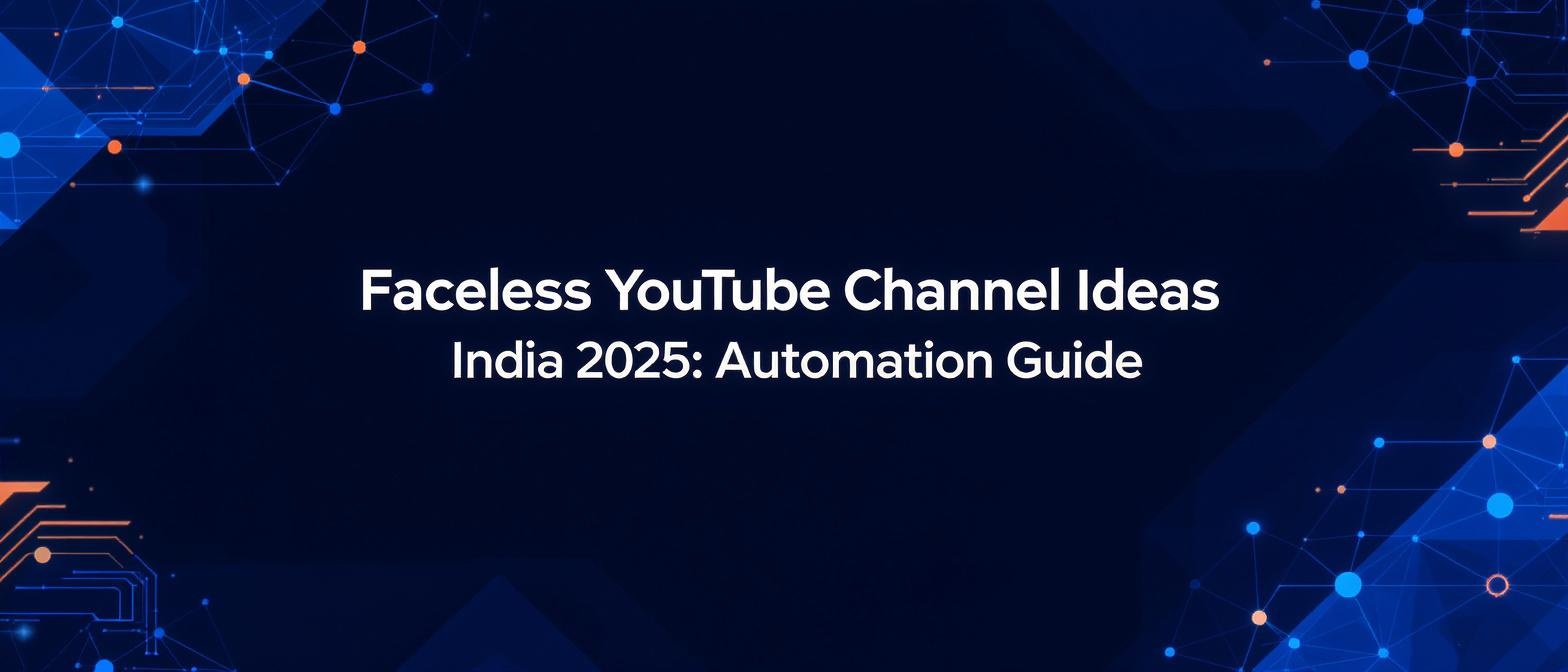The Ultimate Guide to AI Lip Sync: From Video Localization to ROI in 2025
Estimated reading time: ~14 minutes
Key Takeaways
- AI lip sync (automatic lip synchronization) is revolutionizing global video communication.
- Companies can achieve dramatic cost and time savings with AI-generated multilingual videos.
- Ethical considerations and consent-first models are vital for responsible use of synthetic media.
- High-quality audio, personalized avatars, and natural pauses enhance audience engagement.
- Future developments include real-time translation and seamless integration into VR/AR experiences.
The digital landscape is saturated with content, but one medium reigns supreme. Projections for 2025 indicate that a staggering 82% of all internet traffic will be video. For businesses, creators, and marketers, this isn’t just a statistic; it’s a mandate. Video is the language of the modern internet, but speaking it fluently across the globe has traditionally been a monumental task, riddled with high costs, logistical nightmares, and time-consuming production cycles.
Imagine trying to launch a marketing campaign in ten different countries. This would historically require ten separate video shoots, ten different actors, and a budget that spirals into the six-figure range. The complexity and expense of video localization have long been a barrier to true global communication. But what if you could break down that barrier with a few clicks?
This is the promise of AI lip sync technology. It’s a revolutionary force in AI video creation that is democratizing high-quality, multilingual video production. This guide will take you beyond the surface-level understanding of this technology. We will explore the sophisticated mechanics behind it, map out its transformative applications, provide a framework for calculating its tangible business ROI, and navigate the critical ethical considerations of synthetic media. Prepare to learn not just how to use AI lip sync, but how to master it as a strategic tool for unprecedented global reach.
Chapter 1: The Revolution in Digital Communication: What is AI Lip Sync and Why Does it Matter in 2025?
At its core, AI lip sync is a sophisticated technology that automatically synchronizes the lip movements of a person in a video to a new or different audio track. While the concept sounds simple, the underlying mechanics are a symphony of advanced artificial intelligence disciplines working in concert. It’s not merely about moving a mouth; it’s about creating a seamless, photorealistic performance that is indistinguishable from the real thing.
The global AI market is projected to explode to $747.92 billion by 2025, and technologies like AI lip sync are a significant driver of this growth. This isn’t just a niche tool for tech enthusiasts; it’s rapidly becoming a foundational element of digital strategy.
So, how does it actually work?
- Computer Vision: The AI first analyzes the source video, using computer vision to identify and map key facial landmarks, particularly around the mouth, jaw, and cheeks. It learns the unique way the speaker’s face moves when they form different sounds.
- Natural Language Processing (NLP): Simultaneously, the AI processes the new audio track. It breaks the audio down into phonemes—the smallest units of sound in a language (like ‘k’, ‘sh’, ‘a’).
- Generative Adversarial Networks (GANs): This is where the magic happens. A GAN consists of two neural networks: a “Generator” and a “Discriminator.” The Generator creates new video frames, attempting to match the speaker’s lip movements to the phonemes from the new audio. The Discriminator, trained on thousands of hours of real human speech, evaluates these frames and provides feedback. This iterative process continues until the resulting lip movements are perfectly natural and realistic.
This technological convergence is what separates modern AI lip sync from the clumsy, robotic dubbing of the past. The result is a powerful tool that can make a single person appear to speak any language fluently. Platforms like Studio by TrueFan AI enable businesses of all sizes to leverage this sophisticated technology through intuitive, browser-based interfaces, removing the need for an in-house AI team.
Chapter 2: Unlocking Global Markets: Core Applications of AI Lip Sync
The applications of AI lip sync extend far beyond simple video translation. This technology is a catalyst for innovation across numerous sectors, creating efficiencies and opening up opportunities that were previously unimaginable.
1. Hyper-Personalized Video Localization & Translation
This is the most obvious but also the most impactful application. Businesses can now take a single video of their CEO, a product demo, or a customer testimonial and instantly translate it into dozens of languages. But it’s more than just translation; it’s cultural localization. The AI can adapt to the cadence and rhythm of different languages, ensuring the translated video feels native to the target audience. This allows for global marketing campaigns to be launched simultaneously, not sequentially, at a fraction of the cost.
2. Corporate Training & E-Learning at Scale
Multinational corporations face the immense challenge of providing consistent training to a globally distributed workforce. With AI lip sync, a single training module created by a top expert in English can be instantly localized for teams in Japan, Germany, Brazil, and beyond. A 2025 report from Learning Revolution highlighted that AI tools have reduced training video production time by an average of 62%, a massive efficiency gain that allows companies to be more agile and responsive with their internal education programs.
3. Personalized Marketing & Sales Outreach
Imagine a sales team being able to send thousands of personalized video messages to prospective clients, where an AI avatar of the salesperson addresses each recipient by name and references their specific company or pain points. This level of personalization at scale was once a fantasy. Now, it’s a powerful tool for increasing engagement and conversion rates in sales funnels.
4. Revolutionizing the Creator Economy
For content creators on platforms like YouTube and TikTok, their audience is their currency. AI lip sync allows them to break the language barrier and connect with billions of potential new followers. A popular English-speaking creator can now have their content seamlessly dubbed into Hindi, Spanish, or Mandarin, exponentially increasing their addressable market without having to learn a new language or hire a team of voice actors. For more insights on the creator economy, resources from platforms like HubSpot offer in-depth analysis.
5. Enhancing Accessibility
AI lip sync is also a powerful tool for accessibility. It allows for the rapid and affordable creation of dubbed content for individuals who are visually impaired and rely on audio descriptions, or for those who prefer to consume content in their native language through audio. This helps make the digital world a more inclusive place.
Chapter 3: The Business Case: Calculating the ROI of AI Video Creation
While the technology is impressive, business leaders and marketers need to know the bottom line: what is the return on investment? The case for AI video creation is not just about creative possibilities; it’s about tangible, measurable financial benefits.
A landmark 2025 survey by HubSpot revealed that 93% of video marketers reported that video gives them a positive ROI. AI video creation platforms supercharge this ROI by drastically reducing the primary driver of cost: production.
Let’s break down the ROI framework:
1. Direct Cost Savings
- Traditional Video Shoot:
- Actor/Spokesperson Fees: $5,000 - $20,000+ per day
- Studio & Equipment Rental: $2,000 - $10,000 per day
- Director, Crew, and Post-Production: $10,000 - $50,000+
- Localization (10 Languages): $20,000 - $100,000
- Total for a single campaign in 10 languages: $57,000 - $180,000+
- AI Video Generation:
- Platform Subscription: $300 - $2,000 per month
- Generation Time: A few hours of an employee’s time
- Total for a single campaign in 10 languages: <$2,000
The cost savings are not incremental; they are exponential.
2. Time-to-Market Acceleration
In a fast-paced market, speed is a competitive advantage. A traditional localized video campaign can take 2–3 months to produce. With AI, the same campaign can be conceived, created, and launched globally in less than a week. This agility allows businesses to react to market trends, launch products faster, and outmaneuver slower competitors.
3. Increased Engagement and Conversion
Personalized and localized content resonates more deeply with audiences. By speaking to customers in their native language, businesses can significantly increase engagement metrics, click-through rates, and ultimately, conversions. The ability to A/B test different scripts, avatars, or languages at minimal cost also allows for rapid optimization of marketing campaigns.
4. Measurable Performance
The future of marketing is data-driven. A 2025 report from Firework predicts that by the end of the year, 30% of businesses will be using AI to track and measure marketing ROI. Solutions like Studio by TrueFan AI demonstrate ROI through features like one-click language conversion and rapid A/B testing of video creatives, directly tying into measurable performance metrics like cost-per-acquisition and customer lifetime value. For a deeper dive into video marketing metrics, Wyzowl’s annual "State of Video Marketing" report is an invaluable resource.
Chapter 4: The Ethical Tightrope: Navigating the World of Deepfakes and Synthetic Media
No discussion of AI-generated media is complete without addressing the significant ethical considerations. The same technology that can be used to create a beautiful, multilingual marketing campaign can also be used to create malicious “deepfakes,” spread misinformation, or use a person’s likeness without their consent.
This is the ethical tightrope that the industry must walk. Ignoring these challenges is not an option. Instead, the solution lies in establishing a framework of responsibility, consent, and transparency.
The Challenges:
- Misinformation: The potential to create realistic videos of public figures saying things they never said is a serious threat to public discourse and democracy.
- Unauthorized Use of Likeness: The ability to clone a person’s face and voice raises critical questions about identity and ownership.
- Erosion of Trust: If any video can be faked, how can we trust what we see online?
The Solutions: A Commitment to Ethical AI
The onus is on the platforms developing this technology to build in safeguards from the ground up. This is where users must be discerning about the tools they choose.
- Consent is Non-Negotiable: Ethical platforms must operate on a foundation of explicit consent. This means only using avatars of individuals who have willingly and knowingly licensed their likeness for this purpose.
- Robust Content Moderation: AI-powered filters and human oversight are necessary to block the creation of hateful, abusive, or politically manipulative content.
- Transparency and Watermarking: While not a perfect solution, digital watermarking and clear labeling of synthetic media can help audiences distinguish between real and AI-generated content.
This is where ethical considerations become paramount. Studio by TrueFan AI’s 175+ language support and AI avatars are built on a ‘consent-first’ model, using only licensed, real influencers and implementing robust content moderation, setting a benchmark for responsible AI video creation. This commitment to ethics is not just good policy; it’s good business. As regulations around synthetic media inevitably tighten, platforms with a clean compliance record and a foundation of consent will be the clear leaders. For academic and research-based perspectives on this topic, the Stanford Institute for Human-Centered Artificial Intelligence (HAI) is at the forefront of this conversation.
Chapter 5: A Practical Guide: Creating Your First AI Lip Sync Video
Ready to move from theory to practice? Creating a high-quality AI lip sync video is a straightforward process when you break it down into these key steps.
Step 1: Script & Storyboard
Before you touch any software, know your message. A great AI video starts with a great script. Keep it concise, clear, and conversational. For a 60-second video, aim for a script of around 150 words. Storyboard your ideas to visualize how the final product will look, including any on-screen text or B-roll footage you plan to add.
Step 2: Choose Your Platform & Avatar
Select a platform that aligns with your needs and ethical standards. Consider factors like:
- Avatar Realism: Do the avatars look like real people or CGI characters?
- Language Support: Does the platform support the languages you need?
- Ethical Sourcing: Is the platform transparent about how it sources its avatars?
Choose an avatar whose persona and appearance align with your brand’s message.
Step 3: Audio & Voice Generation
High-quality audio is the most critical element for a successful lip sync. Garbage in, garbage out. You have two main options:
- Text-to-Speech (TTS): Most platforms have built-in TTS engines. You simply type your script, choose a voice, and the AI generates the audio.
- Voice Cloning/Upload: For a more personal touch, you can record your own voice reading the script and upload the audio file. The AI will then sync the avatar’s lips to your voice.
Step 4: Generation & In-Browser Editing
This is the one-click step. Input your script or audio, select your avatar, and click “Generate.” Within minutes, your video will be ready. Now, use the platform’s in-browser editor to add the finishing touches. This is where you can add subtitles (essential for social media), overlay your company’s logo, add background images or videos, and adjust the aspect ratio for different platforms (16:9 for YouTube, 9:16 for TikTok, 1:1 for Instagram).
Step 5: Quality Assurance & Fine-Tuning
Review the generated video carefully. Does the lip sync look natural? Is the pacing of the speech correct? Does the avatar’s expression match the tone of the message? Don’t be afraid to go back and regenerate the video with slight tweaks to the script or audio pacing to get it just right.
Step 6: Export & Distribution
Once you are happy with the final product, export it in high definition (1080p or 4K). Your video is now ready to be shared with the world across your website, social media channels, email marketing campaigns, and more.
Chapter 6: Beyond the Basics: Pro Tips for Hyper-Realistic AI Video
Creating an AI video is easy. Creating one that truly captivates an audience requires a bit more finesse. A 2025 survey by Vidico found that 75% of video marketers are now using AI tools for video creation, which means the bar for quality is rising. Use these pro tips to make your content stand out.
- Tip 1: The Art of the Pause: Don’t write your scripts as one long block of text. Add commas, periods, and even ellipses (...) to create natural pauses in the AI’s speech. A well-placed pause can add emphasis and make the delivery sound far more human.
- Tip 2: Match Vocal Tone to Persona: When using a platform’s text-to-speech engine, experiment with different voices. A warm, friendly voice is great for a welcome message, while a more authoritative tone might be better for a technical explanation. The voice should feel like it belongs to the avatar.
- Tip 3: Leverage B-Roll and Cutaways: Avoid having a single static “talking head” for the entire video. Use your platform’s editor to overlay relevant images, screen recordings, or stock video clips (B-roll) while the avatar continues to speak. This makes the video more visually engaging and helps to illustrate your points. For more on this, classic video editing guides can provide foundational knowledge.
- Tip 4: Keep It Short and Sweet: Human attention spans are short. For social media and marketing, aim for videos between 30 and 90 seconds. Get to your key message quickly and end with a clear call to action.
Chapter 7: The Future is Now: What’s Next for AI Lip Sync and Synthetic Media?
The technology is evolving at an incredible pace. What we see today is just the beginning. The next few years will bring advancements that will further integrate AI into the fabric of digital communication.
- Real-Time Translation: Imagine being on a video call with someone who speaks a different language, and seeing their lips move perfectly in sync with the translated audio you are hearing in your own language. This technology is already in development and will revolutionize global business and personal communication.
- Interactive AI Avatars: The next generation of customer service chatbots will be hyper-realistic AI avatars that can engage in spoken conversation, answer complex questions, and provide a truly interactive and personal customer experience on websites and in applications.
- Convergence with VR/AR: As virtual and augmented reality become more mainstream, AI-generated avatars will populate these digital worlds, acting as virtual assistants, trainers, and companions, all capable of communicating flawlessly in any language.
The future of synthetic media is one of deeper immersion, greater personalization, and the complete dissolution of language barriers. For a forward-looking analysis, the Slator AI Dubbing Report offers specialized insights into the future of this market.
Conclusion: Your Gateway to a Global Audience
AI lip sync technology is no longer a futuristic concept; it is a practical, powerful, and accessible tool that is fundamentally changing the rules of video production. It offers a clear path to significant cost savings, unprecedented speed, and a tangible return on investment. For any organization or creator looking to expand their reach beyond their native language, AI video creation is the key to unlocking a truly global audience.
However, with this great power comes great responsibility. The ethical implications of synthetic media are profound, and it is imperative to choose platforms that are built on a foundation of consent, security, and responsible use. By embracing this technology thoughtfully and ethically, you can harness its full potential to create content that is not only multilingual but also meaningful, engaging, and impactful. The barriers to global communication are falling. It’s time to start the conversation.
Frequently Asked Questions (FAQ)
How does AI handle different accents and dialects within the same language?
Advanced AI models are trained on vast and diverse datasets that include a wide range of accents and dialects. This allows them to recognize and accurately reproduce the subtle nuances in pronunciation and mouth movements associated with, for example, American English versus British English, or Castilian Spanish versus Latin American Spanish, resulting in a more authentic and localized final video.
What are the legal implications of using AI-generated avatars in advertising?
The legal landscape is still evolving, but the core principle is “right of publicity,” which protects an individual’s likeness from being used for commercial purposes without permission. It is crucial to use platforms that provide a clear chain of consent and can prove that the real people behind the avatars have legally licensed their likeness for this specific use. Using an avatar without this consent could lead to significant legal liability.
Can I use my own face and voice to create an AI avatar?
Yes, many leading platforms offer custom avatar creation services. This process typically involves a high-resolution video recording session in a studio to capture your unique facial movements and vocal patterns. This is an excellent option for businesses that want to use their CEO or a specific brand ambassador as a scalable AI spokesperson. Platforms like Studio by TrueFan AI offer custom avatar training for enterprise clients who require a unique, branded virtual presenter.
How does AI lip sync technology ensure data security and privacy?
Reputable platforms use robust security protocols, including data encryption for scripts and uploaded assets. For businesses, it’s important to choose a provider that is compliant with international standards like GDPR and has certifications like ISO 27001 or SOC 2, which demonstrate a commitment to maintaining the highest levels of data security and operational integrity.
What is the difference between AI lip sync and traditional dubbing?
Traditional dubbing simply replaces the original audio track with a new one, often resulting in a noticeable mismatch between the speaker’s lip movements and the sound. This can be distracting for the viewer. AI lip sync, on the other hand, digitally alters the speaker’s lip movements in the video to perfectly match the new audio track, creating a seamless and natural viewing experience.
How can I ensure my AI-generated video content doesn’t fall into the “uncanny valley”?
The “uncanny valley” refers to the unsettling feeling viewers get from digital humans that are almost, but not quite, realistic. To avoid this, choose platforms that use avatars based on real, high-resolution footage of actual people rather than purely CGI characters. Additionally, focusing on a high-quality script and natural-sounding audio delivery will make the final output significantly more believable and engaging.




